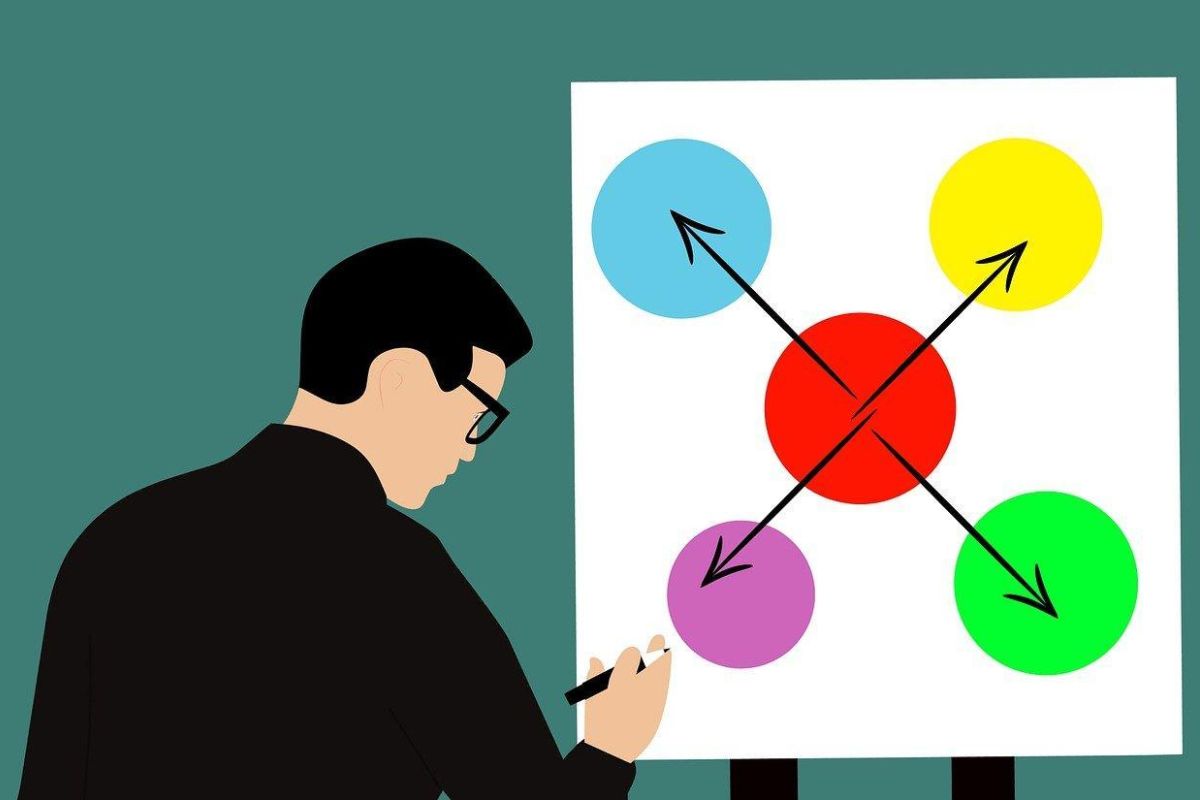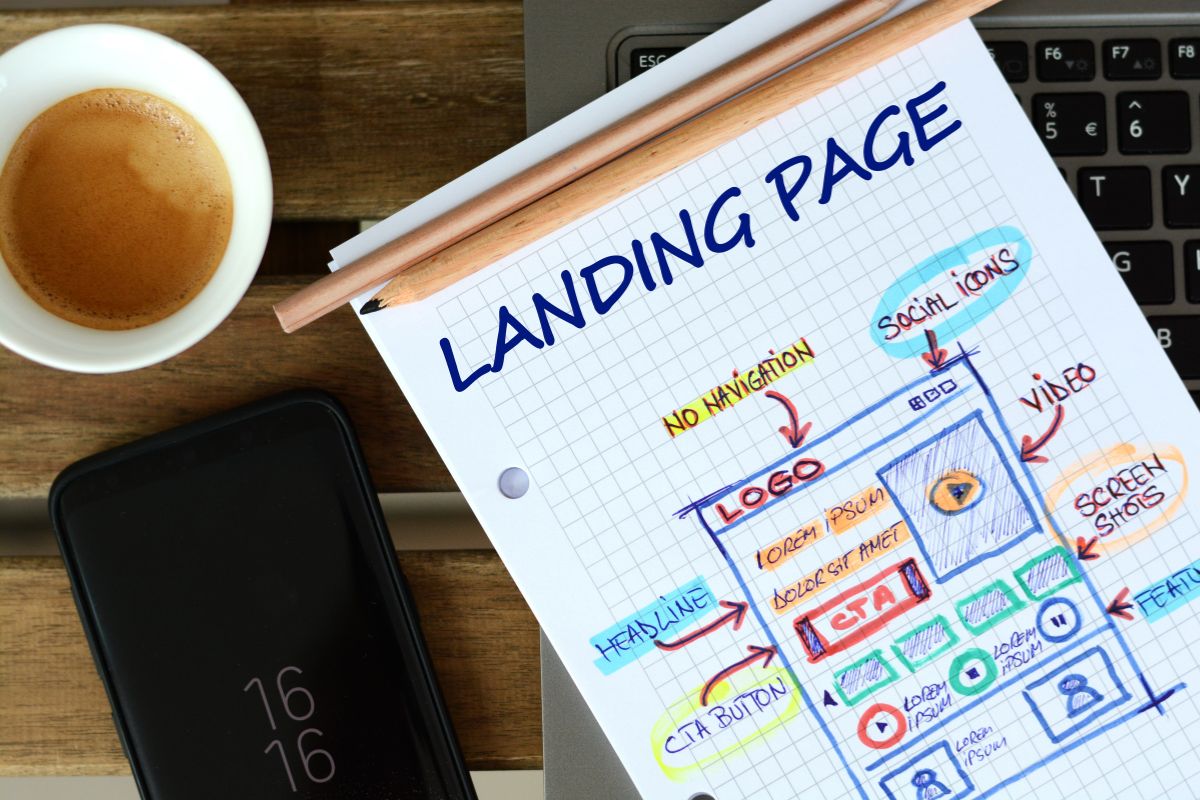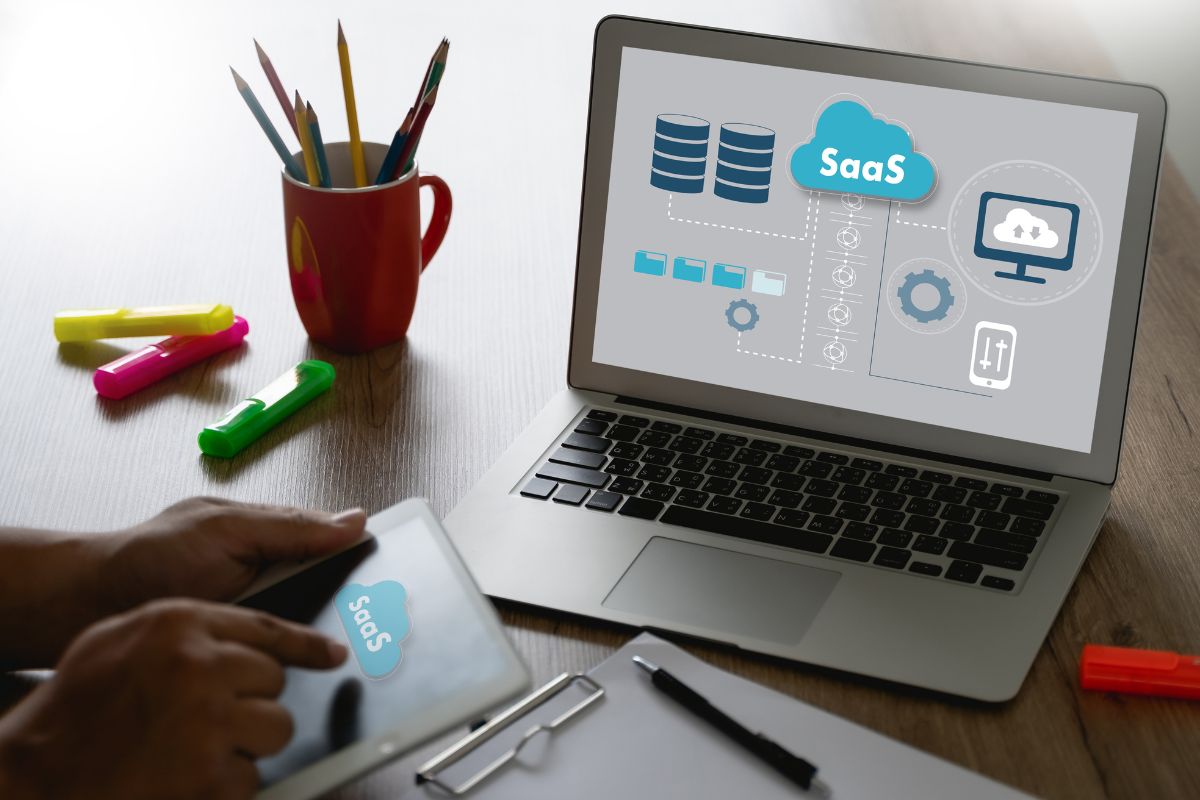Are you wondering how to sync iPad and iPhone?
It can be frustrating to have different content on each device, especially when you need to access something quickly.
Fortunately, there’s a solution.
In this article, we’ll guide you through the process of syncing your iPad and iPhone, ensuring that your devices are up to date and have the same data.
To begin, you’ll need to ensure that both your iPhone and iPad are signed in to the same iCloud account.
This will allow you to sync your data, including contacts, calendars, and notes, between the two devices.
You’ll also need to make sure that your settings are identical on both devices, so take a moment to check that everything is turned on for syncing.
Once you’ve done this, you can move on to syncing your content, such as music, photos, and apps.
Table of Contents
ToggleWhy Syncing Your iPad And iPhone Is Important
Do you have an iPad and an iPhone? If so, you may be wondering why you should bother syncing them.
After all, can’t you just use them separately?
While you certainly can use them separately, syncing your devices can make your life easier in several ways.
First, syncing your iPad and iPhone ensures that you always have the latest versions of your apps, contacts, and other important information on both devices.
This means that you can switch between your devices without missing a beat.
For example, if you add a new contact to your iPhone, it will automatically appear on your iPad as well.
Second, syncing your devices makes it easy to share content between them.
For example, you can take a photo on your iPhone and then access it on your iPad without having to transfer it manually.
This is especially useful if you use your iPad for work or creative projects.
Third, syncing your devices can help you save space on both of them.
For example, you can store your music library on your iPhone and then access it on your iPad without having to download the songs again.
This can be especially useful if you have limited storage space on one or both of your devices.
Overall, syncing your iPad and iPhone is a simple way to make your life easier and more efficient.
With just a few taps, you can ensure that your devices are always up-to-date and that you have access to all of your important information and content, no matter which device you’re using.
How To Sync iPad And iPhone Using iCloud
If you own both an iPad and an iPhone, you might want to sync them to keep your content up-to-date across both devices.
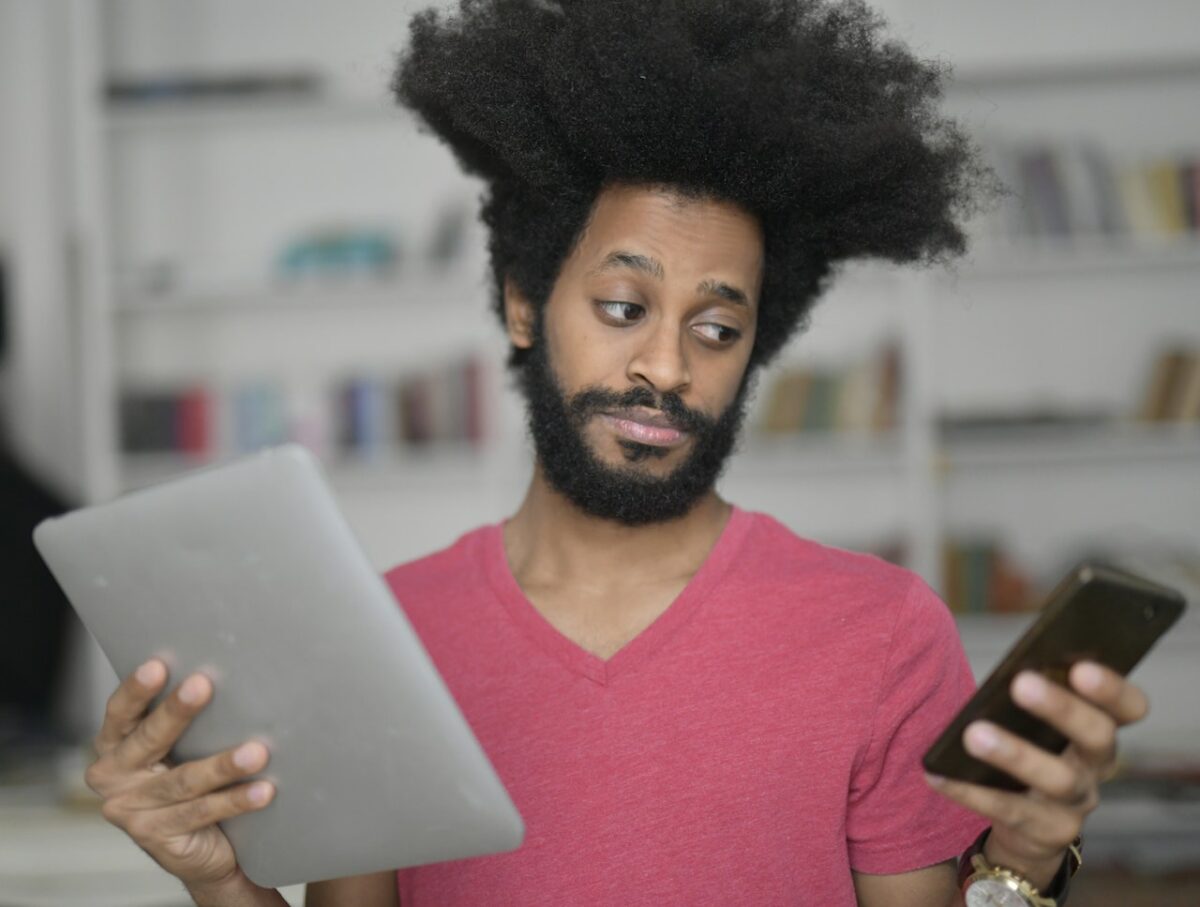
iCloud is a great tool for syncing your content without having to connect your devices to a computer.
In this section, we’ll show you how to set up iCloud on your iPad and iPhone and how to sync your content with iCloud.
Setting Up iCloud On Your iPad And iPhone
Before you can sync your content with iCloud, you need to make sure that iCloud is set up on both your iPad and iPhone. Here’s how to do it:
- On your iPad and iPhone, go to Settings > [your name] > iCloud.
- If you’re not signed in, sign in with your Apple ID and password.
- Turn on the toggle switches next to the categories of content that you want to sync between your devices. These categories include Contacts, Calendars, Photos, and more.
Syncing Your Content With iCloud
Once you’ve set up iCloud on both your devices, you can start syncing your content. Here’s how to do it:
- Make sure that both your iPad and iPhone are connected to Wi-Fi.
- Open the Settings app on your iPad and iPhone and go to iCloud > iCloud Storage > Manage Storage.
- Check the storage space available on your iCloud account. If you need more storage space, you can upgrade your storage plan.
- Go to the category of content that you want to sync, such as Photos or Music.
- Turn on the toggle switch next to “iCloud Photos” or “iCloud Music Library” to sync your media across your devices.
- If you want to enable automatic downloads of apps and other content from the App Store, turn on the toggle switch next to “Automatic Downloads”.
That’s it! Your iPad and iPhone should now be synced through iCloud.
Keep in mind that syncing your content with iCloud may take some time, depending on the amount of data you have.
Also, if you sign out of iCloud on one of your devices, any changes you make on that device will not be synced to your other devices until you sign back in.
Syncing Your iPad And iPhone Using A USB Cable
If you want to sync your iPad and iPhone using a USB cable, you can do so by following these simple steps.
This method is useful if you don’t want to use a wireless network or if you have a lot of content to sync.

Setting Up Your Devices
Before you begin syncing your devices, make sure you have a USB cable that is compatible with both your iPad and iPhone.
Once you have the cable, connect your devices to your computer using the USB ports.
If you’re using a Mac, you can use the USB-C port or a USB-A port with a USB-C to USB adapter.
Syncing Your Content With A USB Cable
To sync your content using a USB cable, you can use iTunes.
Open iTunes on your computer and click on the device icon in the upper-left corner of the window.
From here, you can select the type of content you want to sync or remove.
You can choose from options such as music, movies, TV shows, podcasts, and more.
To sync your content, simply select the content you want to sync and click on the “Sync” button.
If you want to remove content, select the content you want to remove and click on the “Remove” button.
Alternatively, you can also use the Finder on your Mac to sync your content manually.
Open a Finder window and connect your device to your computer using a USB cable.
Your device should appear in the sidebar of the Finder window. Click on your device to select it and then select the content you want to sync.
Overall, syncing your iPad and iPhone using a USB cable is a simple and effective way to keep your devices up-to-date.
Just make sure you have the right cable and software, and you’ll be able to sync your content in no time.
Syncing Your iPad And iPhone Using Wi-Fi
If you have an iPhone and iPad that you want to sync, you can easily do so using Wi-Fi.
This method is convenient because you don’t need to connect your devices to a computer using a cable.
Here’s how to set up Wi-Fi syncing and sync your content:
Setting Up Wi-Fi Syncing
Before you can sync your iPhone and iPad using Wi-Fi, you need to make sure that both devices are connected to the same Wi-Fi network.
Once you’ve done that, follow these steps:
- Connect your iPhone and iPad to your computer using a USB cable.
- Open iTunes on your computer.
- Click on the iPhone or iPad icon in the top left corner of iTunes.
- Click on the “Summary” tab.
- Scroll down to the “Options” section and check the box next to “Sync with this iPhone/iPad over Wi-Fi”.
- Click on the “Apply” button in the bottom right corner of iTunes.
Syncing Your Content With Wi-Fi
Now that you’ve set up Wi-Fi syncing, you can sync your content between your iPhone and iPad without needing to connect them to your computer. Here’s how to do it:
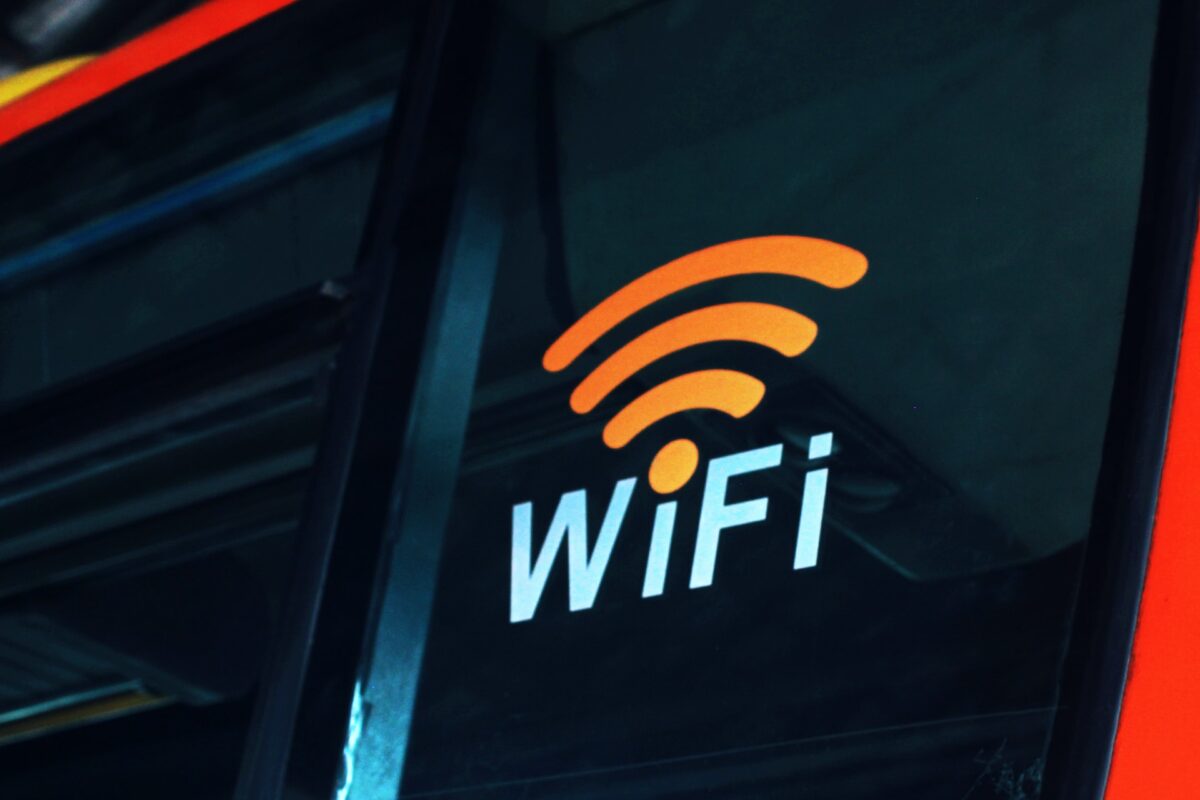
- Make sure that your iPhone and iPad are both connected to the same Wi-Fi network.
- Open the Settings app on your iPhone or iPad.
- Tap on your Apple ID at the top of the screen.
- Tap on “iCloud”.
- Turn on the toggle switches next to the categories of content that you want to sync between your iPhone and iPad. These categories include contacts, calendars, photos, and more.
- Repeat this process on your other device.
Once you’ve completed these steps, your iPhone and iPad will sync with each other automatically whenever they’re both connected to the same Wi-Fi network.
This means that any changes you make to your contacts, calendars, photos, and other synced content will be updated on both devices.
Note that if you have large amounts of content, such as music or videos, it may take some time for your devices to sync over Wi-Fi.
It’s also important to make sure that your devices are connected to a reliable Wi-Fi network to ensure that your content syncs properly.
Syncing Specific Content
When syncing your iPhone and iPad, you have the option to select which specific content you want to sync.
This allows you to customize your sync settings to fit your needs.
Here are some of the ways you can sync specific content between your devices.
Syncing Music And Apple Music
If you use Apple Music, you can easily sync your music library between your iPhone and iPad.
To do this, make sure your devices are signed in to the same Apple ID and connected to the same Wi-Fi network.
Then, follow these steps:
- Open the Settings app on your iPhone or iPad.
- Tap on “Music.”
- Turn on the “Sync Library” toggle switch.
This will sync your entire music library, including any playlists you have created, between your devices.
If you only want to sync specific songs or playlists, you can do so by connecting your devices to your computer and using iTunes.
Syncing Books
If you have books in your iBooks library that you want to sync between your iPhone and iPad, you can do so by following these steps:
- Open the Settings app on your iPhone or iPad.
- Tap on “Books.”
- Turn on the “Sync Collections” toggle switch.
This will sync your entire iBooks library, including any collections you have created, between your devices.
Syncing Photos
To sync your photos between your iPhone and iPad, you can use iCloud Photo Library.
This will automatically upload your photos to iCloud and make them available on all of your devices.
To enable iCloud Photo Library, follow these steps:
- Open the Settings app on your iPhone or iPad.
- Tap on “Photos.”
- Turn on the “iCloud Photos” toggle switch.
Alternatively, you can connect your devices to your computer and use iTunes to sync your photos.
Syncing Contacts
To sync your contacts between your iPhone and iPad, you can use iCloud.

This will automatically upload your contacts to iCloud and make them available on all of your devices.
To enable iCloud contacts syncing, follow these steps:
- Open the Settings app on your iPhone or iPad.
- Tap on “Passwords & Accounts.”
- Tap on “Add Account.”
- Select “iCloud” and sign in with your Apple ID.
- Turn on the “Contacts” toggle switch.
Syncing Podcasts And Audiobooks
To sync your podcasts and audiobooks between your iPhone and iPad, you can use iCloud.
This will automatically upload your podcasts and audiobooks to iCloud and make them available on all of your devices.
To enable iCloud syncing for podcasts and audiobooks, follow these steps:
- Open the Settings app on your iPhone or iPad.
- Tap on “Podcasts” or “Books.”
- Turn on the “Sync Library” toggle switch.
Alternatively, you can connect your devices to your computer and use iTunes to sync your podcasts and audiobooks.
In conclusion, syncing specific content between your iPhone and iPad is easy and can be customized to fit your needs.
By using iCloud and iTunes, you can keep your devices up-to-date with your favorite content.
Troubleshooting Syncing Issues
If you’re having trouble syncing your iPhone and iPad, don’t worry.
There are several things you can do to troubleshoot the issue.
Here are some steps you can take to get your devices syncing properly.
Checking Your Settings
The first thing you should do is check your settings.
Make sure that you have enabled syncing for the content you want to sync.
For example, if you want to sync your photos, make sure that you have enabled iCloud Photos on both your iPhone and iPad.
You should also make sure that you are signed in to iCloud with the same Apple ID on both devices.
If you’re not signed in, sign in and try syncing again.
Updating Your Software
If your iPhone or iPad is running an older version of iOS or iPadOS, you may experience syncing issues.
Make sure that both devices are running the latest version of the software.
To check for updates, go to Settings > General > Software Update on your iPhone or iPad.
If there is an update available, download and install it.
Resetting Your Devices
If checking your settings and updating your software doesn’t solve the problem, you may need to reset your devices.
First, try restarting both your iPhone and iPad.
If that doesn’t work, try resetting your network settings. Go to Settings > General > Reset > Reset Network Settings.
If resetting your network settings doesn’t work, you may need to reset your devices to their factory settings.
Before doing this, make sure that you have backed up all of your data.
To reset your iPhone or iPad, go to Settings > General > Reset > Erase All Content and Settings.
This will erase all of your data and settings, so make sure you have a backup before doing this.
Conclusion
By following these steps, you should be able to troubleshoot most syncing issues between your iPhone and iPad.
If you’re still having trouble, you may want to contact Apple Support for further assistance.
Key Takeaways
Syncing your iPhone and iPad can be a great way to keep your devices up to date with the latest apps, contacts, photos and other data.
Here are some key takeaways to keep in mind when syncing your iPhone and iPad:
- Use iCloud to sync your data: iCloud is a great way to sync your data between your iPhone and iPad. You can use iCloud to sync your contacts, calendars, photos, and other data. This is a great way to keep your devices up to date and ensure that you always have access to your important data.
- Use iTunes to sync your media: If you want to sync your media between your iPhone and iPad, you can use iTunes. This is a great way to ensure that you have access to your music, movies, TV shows, and other media on both devices.
- Make sure your settings are the same on both devices: When syncing your iPhone and iPad, it’s important to make sure that your settings are the same on both devices. This includes your iCloud settings, email accounts, and other settings that affect how your devices interact with each other.
- Be patient: Syncing your iPhone and iPad can take some time, especially if you have a lot of data to sync. Be patient and let your devices complete the syncing process before using them.
- Keep your devices up to date: It’s important to keep your iPhone and iPad up to date with the latest software updates. This will ensure that you have access to the latest features and improvements, and it will also help to keep your devices running smoothly.
Overall, syncing your iPhone and iPad can be a great way to keep your devices up to date and ensure that you always have access to your important data.
By following these key takeaways, you can ensure that your syncing process goes smoothly and that your devices are always up to date.




